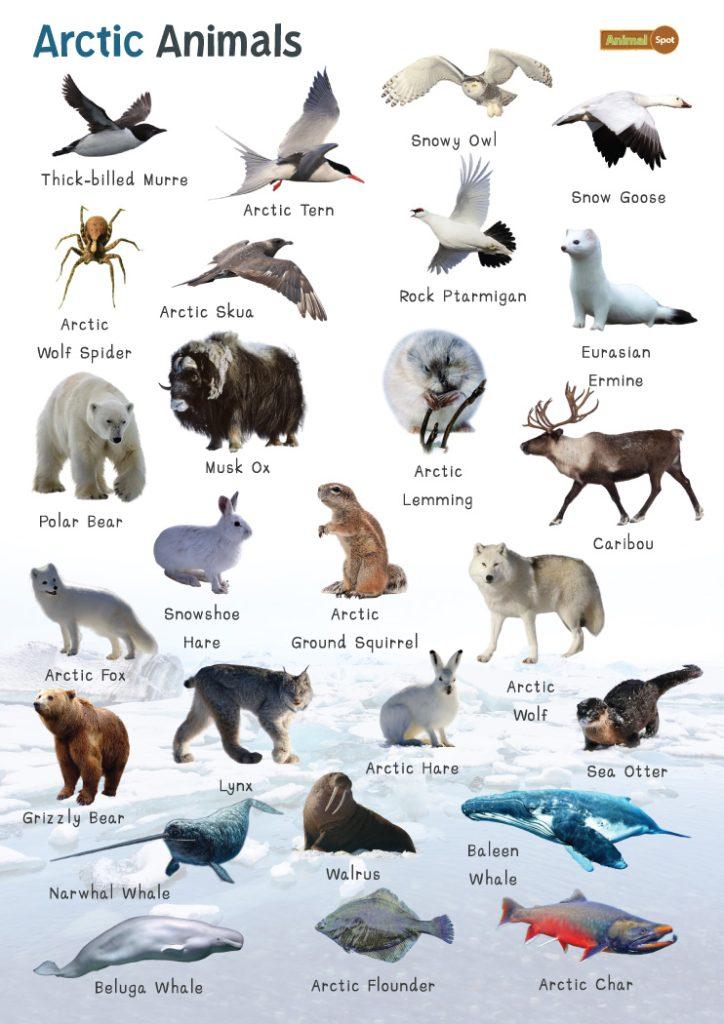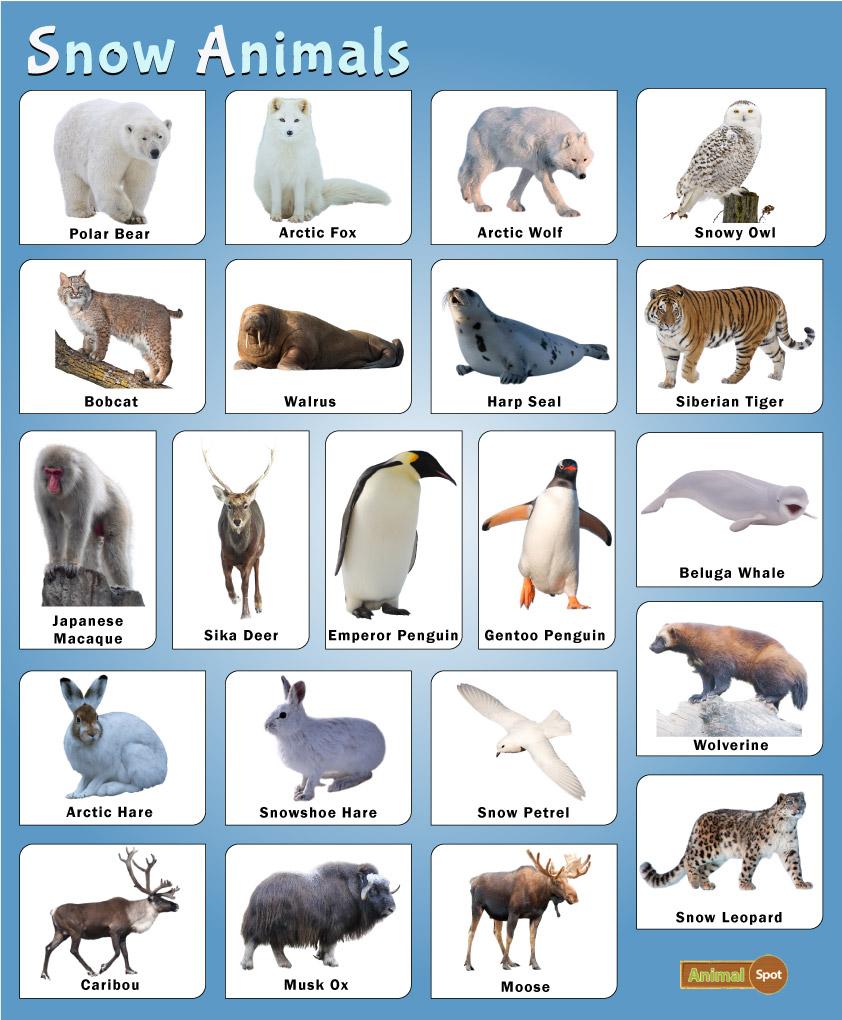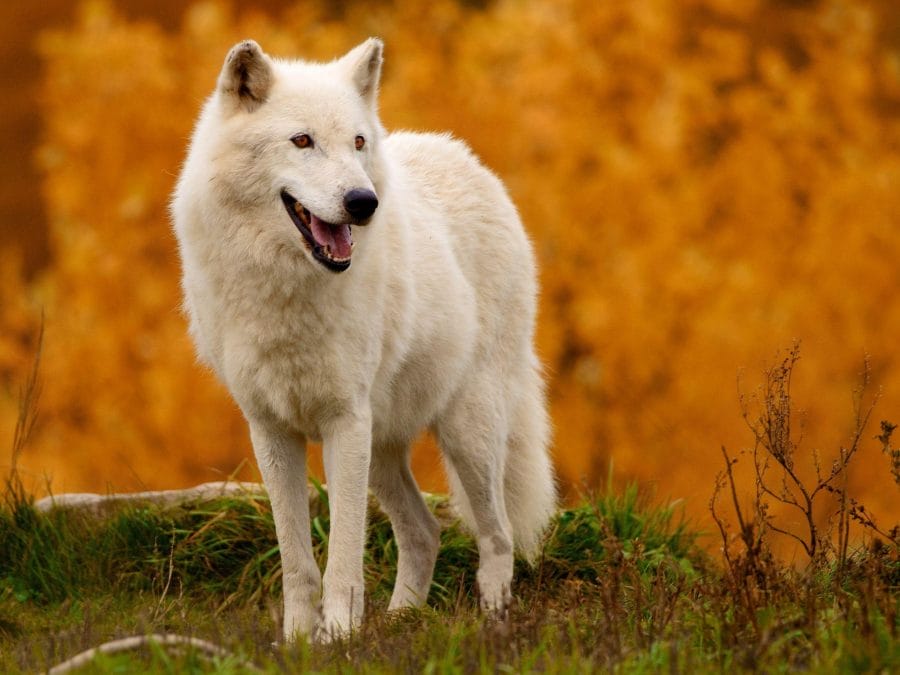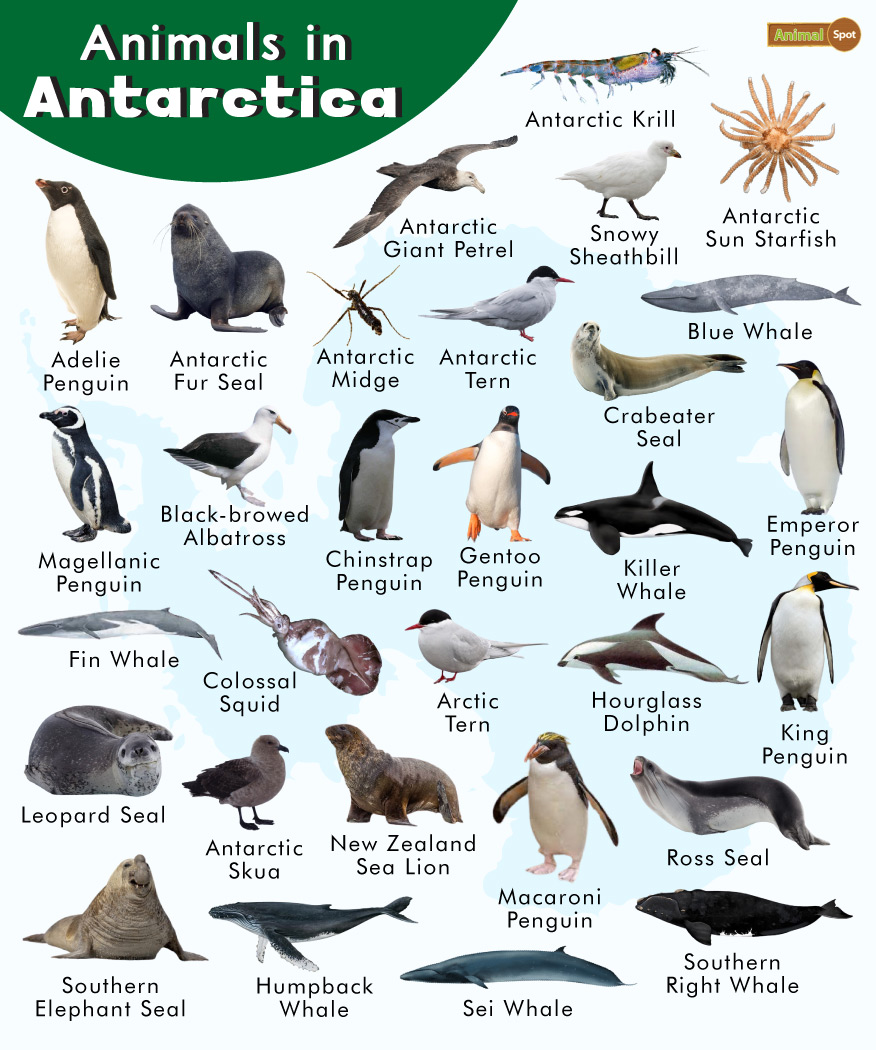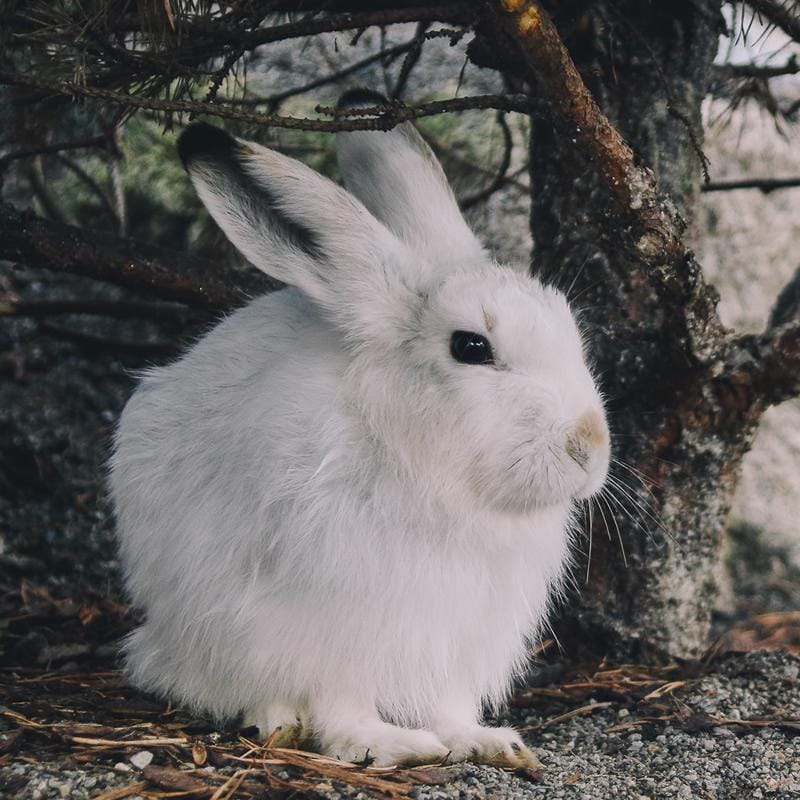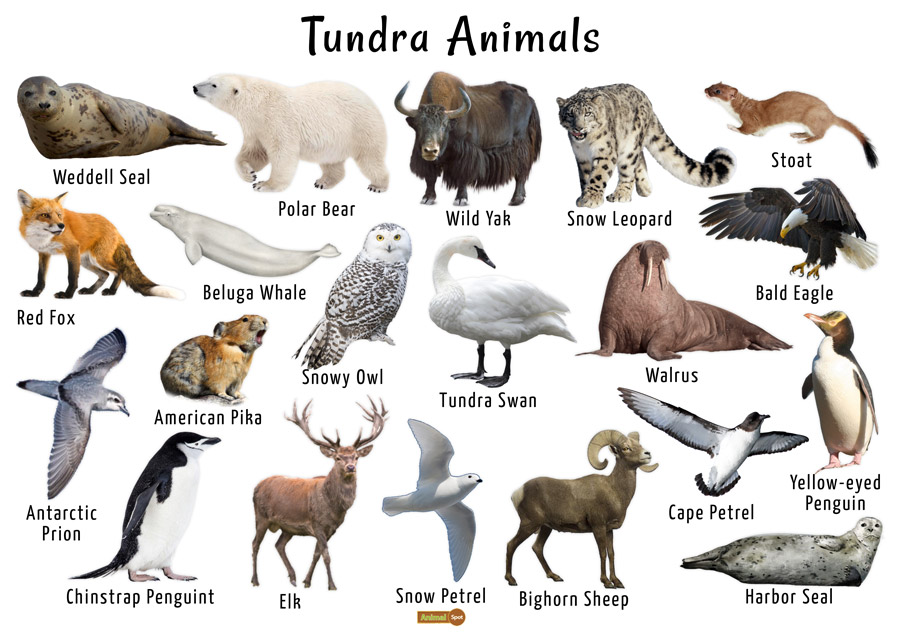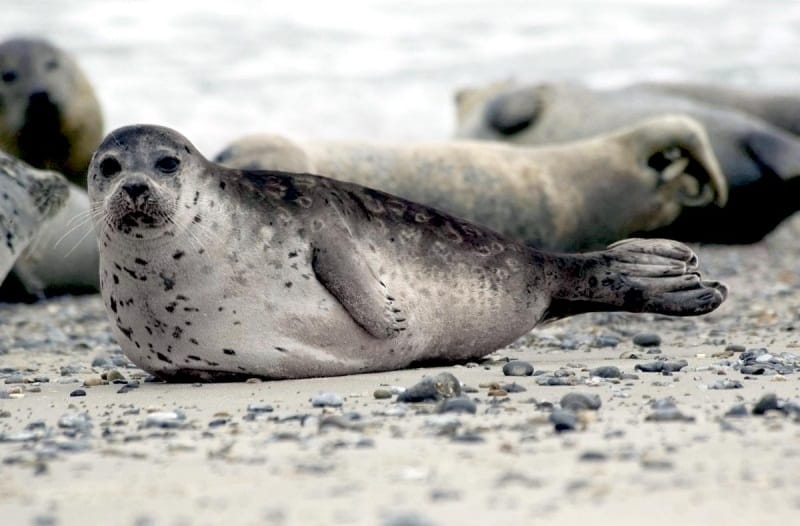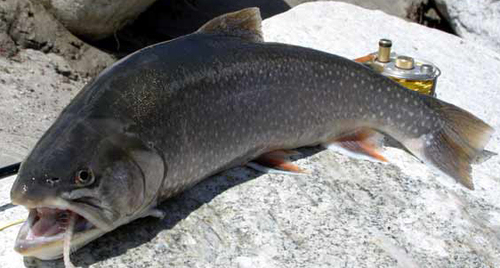The Arctic is one of the world’s coldest places, with the average temperature during the winter months being as low as -40 °F. Irrespective of the adverse climatic conditions, the animal life here is rich and diverse, with over 5000 species thriving there. The mammals, birds, and fish of the Arctic biome have specialized physical and behavioral adaptations that help them survive in harsh conditions. However, life here hasn’t always been easy. Climate change and global warming have impacted the Arctic circle immensely, causing the snow, and ice to melt at a fast pace. This has affected the population of animals dependent on ice and snow, like narwhals, walruses, and polar bears.
List of Animals that Live in the Arctic Region
Land Mammals
Marine/Sea Mammals
Birds
Fish
Invertebrates
Animals in the Arctic Tundra: Arctic wolf, polar bear, Arctic hare, musk ox, Arctic fox
Animals that camouflage: Arctic fox, ptarmigan, Arctic hare, polar bear, snowshoe hare
Adaptations of Animals in the Arctic
Physical Adaptations
- Most animals in the Arctic region, like the caribou, polar bear, musk oxen, wolverine, and ermine, have thick furry coats that act as insulation and keep them warm.
- Some, like the polar bear, have sharp, powerful claws and furry feet that facilitates quick movement in the ice.
- The Arctic wolves and foxes have short, rounded ears, short legs, and muzzles that help prevent heat loss.
Behavioral Adaptations
- Animals like the musk ox often huddle together to form groups to shield themselves from the blowing snow. This gives them the much-required warmth to survive under freezing temperatures.
- The Arctic ground squirrel hibernates through the winter months. The squirrel makes its shelter by lining its burrow with leaves, hairs of the musk ox, and lichen. It then gets inside and remains in slumber for around seven to eight months. The grizzly bear, however. does not hibernate but enters a state of torpor or inactivity in the winter months. During this time, their body temperature lowers to 30 to 35°C, and their heart rate is around 8 to 19 beats/minute.
- Most Arctic animals have a white coat that helps them easily blend with the snow. The ptarmigan, Arctic hare, Arctic fox, and ermine undergo a color transformation according to the season, turning white in winter, and brown in summer.
Habitat of the Animals of the Arctic Circle
They have varied habitats. For instance, the Arctic fox lives in the treeless coastal regions of Alaska, while the musk ox inhabits the tundra areas searching for mosses, lichens, and roots. The Arctic tern prefers treeless areas as their breeding ground and forages near lakes, estuaries, ponds, and streams.
FAQs
Q. How does the Arctic wildlife differ from the Antarctic?A. Antarctica is mostly home to sea mammals, while the Arctic region has a lot of land animals most of which are herbivores.
Q. Are penguins Arctic animals?A. There aren’t penguins in the Arctic region, most of them inhabit the Southern Hemisphere.
Q. Which is the smallest animal of the Arctic?A. Arctic shrew
Q. Which Arctic animals are endangered?A. Polar bear, narwhal, walrus

